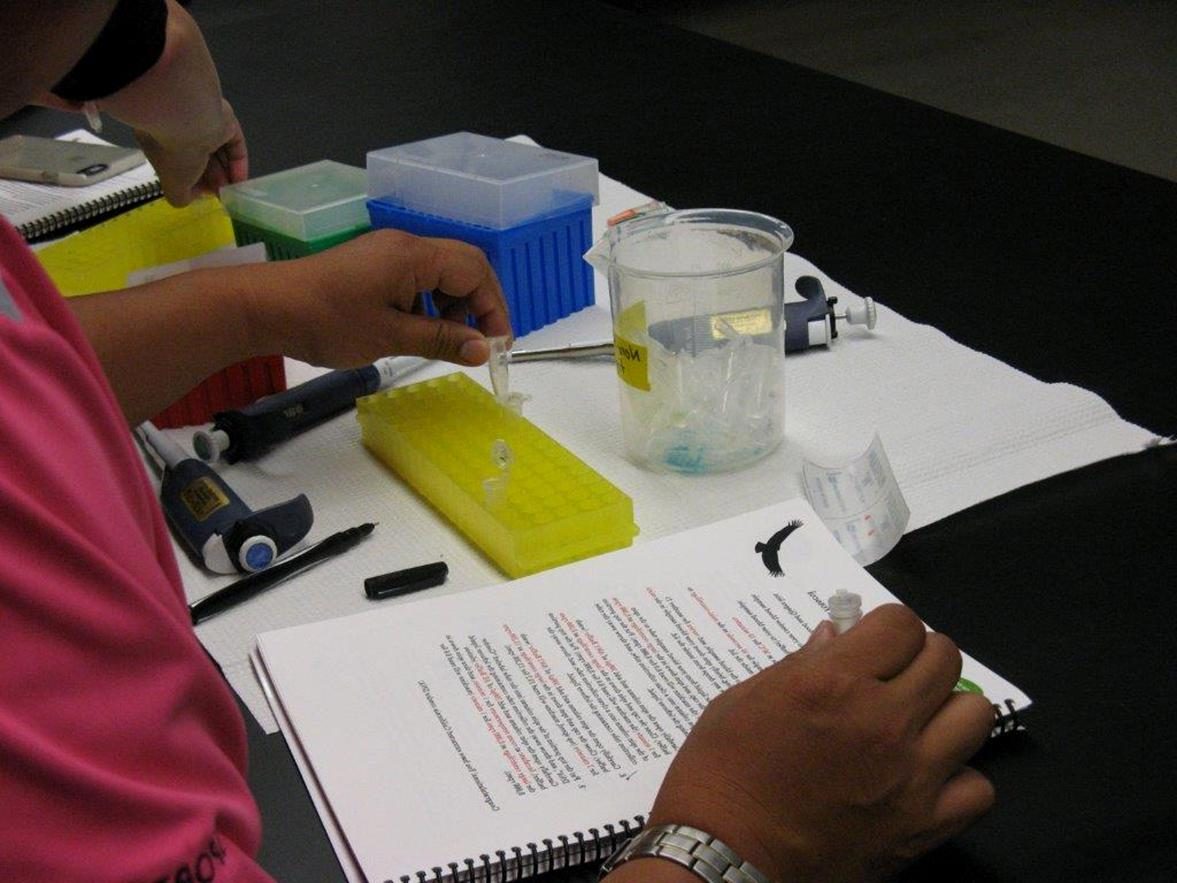

Ohio law provides two ways to establish that a man is the father of a child. The first is submitting an Acknowledgment of Paternity Affidavit to the Ohio Department of Health. The second is having a family court judge accept the results of a DNA test as valid. Men who wish to overturn an affirmation of paternity must file a civil lawsuit and be able to prove that there is very little chance that he fathered the child in question.
Why Paternity Matters
A mother or guardian who confirms the identity of their child’s father can legally hold that man responsible for paying child support even if he never married the mother and never had any involvement in raising or caring for the child.
A man who establishes his paternity can legally request custody, object to an adoption, have a voice in education and health care decisions that affect the child, and request visitation. Note that courts and state agencies in Ohio have begun calling visitation “parenting time.”
Steps Involved in Submitting an Acknowledgment of Paternity Affidavit
Many people refer to this document as “the brown form.” Both parents are supposed to sign it in the hospital after the birth of their child, but it can be completed and submitted at any time. The signatures indicate that both the man and the woman attest to the child being the son or daughter of the man who signs.
County Child Support Enforcement Agency (CSEA) offices provide brown forms upon request. When a person will not sign and affirm paternity voluntarily, the mother or the man claiming to be the father can request a CSEA hearing. Both people ordered to take part in a CSEA hearing can consult with and be represented by Columbus, Ohio, paternity attorneys.
A hearing officer will order DNA tests based on swabs taken from the inside of the child’s and the man’s cheeks. The CSEA officer will also consider statements from the mother, purported farther, and other interested parties. The ruling on paternity will depend largely on the results of the DNA tests.
Steps Involved in a Family Court Case Over Paternity
A man or woman who wants to prove paternity can go directly to filing a civil lawsuit or initiate a court proceeding if efforts to work through the CSEA do not succeed. The judge in a paternity lawsuit will take the same measures as an CSEA hearing officer and will likewise place great faith in DNA test results. Similarly, both the person who files the lawsuit and the defendant can work with their own paternity attorneys.
Steps Involved in Challenging Paternity
Contesting paternity requires going to court and asking a judge to declare that no biological relationship exists. A man who signs an Acknowledgement of Paternity Affidavit will generally only be released from the legal responsibilities of fathering the child named on the form if a DNA test shows that he cannot possibly be the male biological parent. This means that the judge will rule on whether an inconclusive DNA test shows parentage or not.
The main reason to have paternity disproven is to get out of paying child support. If a judge does find that a man is not a child’s parent, however, that ruling only relieves the man of the duty to make future child support payments. A nonparent cannot recoup past child support payments or have unpaid support forgiven.
If you are involved in a paternity case in Columbus, OH, the legal team and family law attorneys at Edward F. Whipps & Associates may be able to help you. We represent men and women in family disputes, and we also offer second opinions. Request a consultation by completing this webform or by calling (614) 461-6006.
July 28, 2014
Edward F. Whipps & Associates is excited to announce that on August 1, 2014, we will have a new and…
READ MORE >>